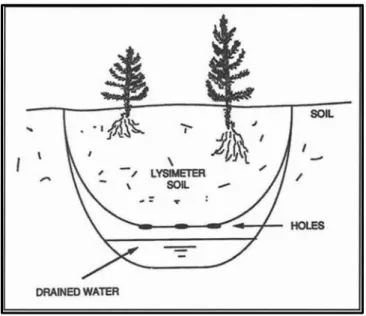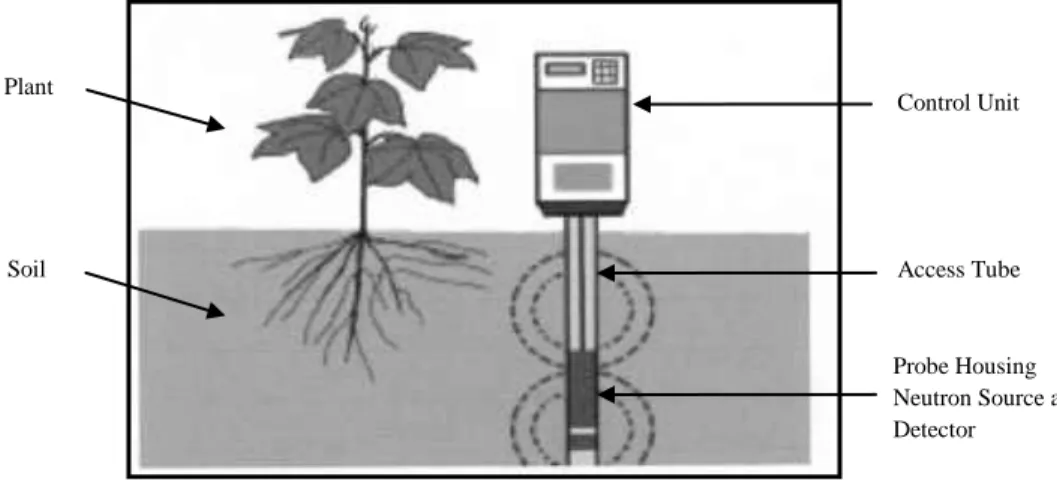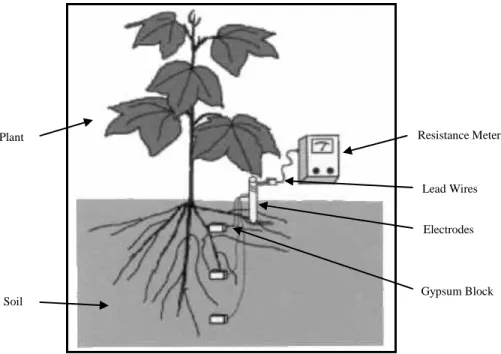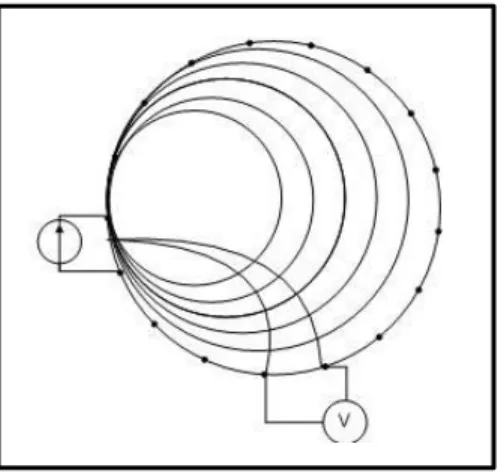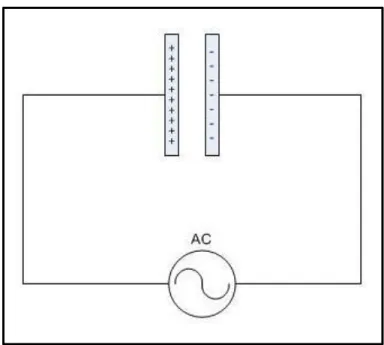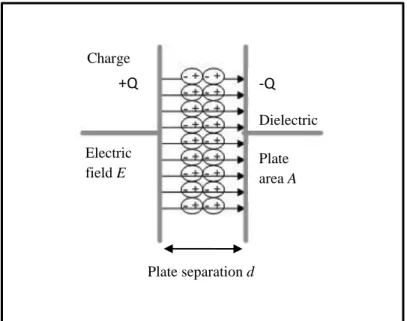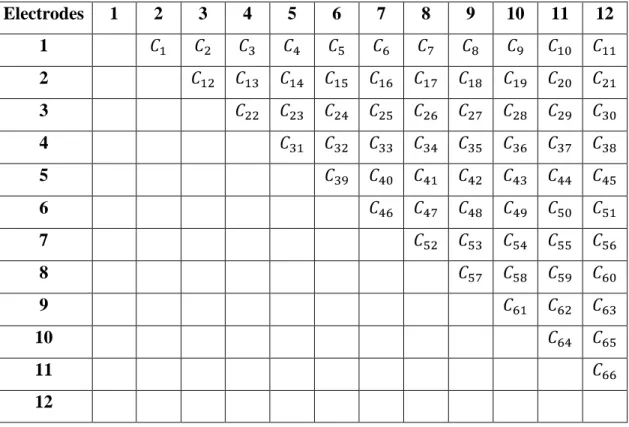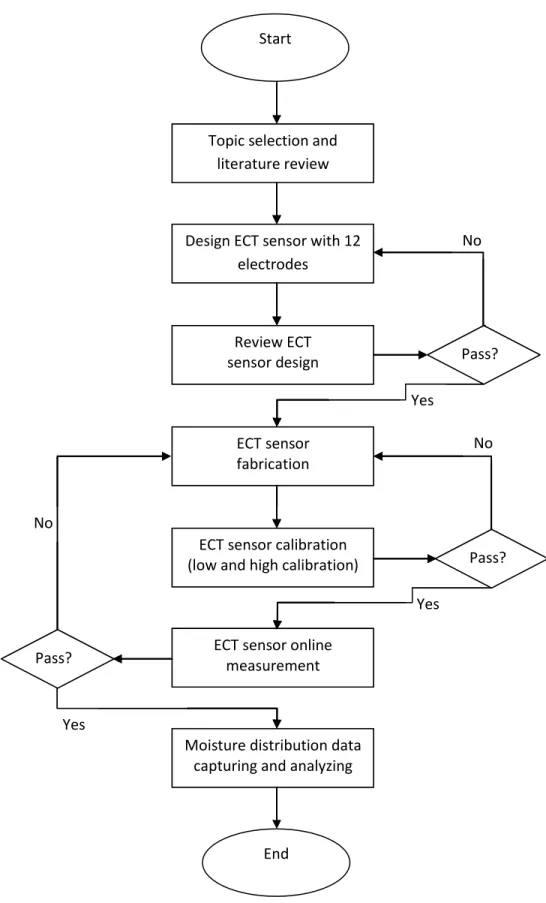I hereby certify that I am responsible for the work submitted in this project, that the original work is mine except as noted in the references and acknowledgments, and that the original work contained herein has not been taken or performed by unspecified sources or persons. Determining soil moisture content is a common procedure in agriculture that requires sensors with high accuracy and compatibility with the environment. Available methods are described with emphasis on gravimetric measurements, lysimeters, neutron scattering, gamma absorption, time domain reflectometer, electrical resistance blocks, and electrical tomography sensors.
Using a set of sensors that are placed around the pipe, it is possible to visualize the percentage of soil moisture. Idris bin Ismail for his constant guidance, support and encouragement from the beginning to the final stage of the project. I would also like to thank all the members of the Final Year Project committee for their respective professionalism, contribution and support in providing quality education during the realization of this project.
My special thanks go to all the technicians and postgraduate students for their help, guidance and advice throughout the project. Last but not the least, not forgetting my family members and friends, thanks for their endless support and motivation.
INTRODUCTION
- Background of Study
- Problem Statement
- Objective
- Scope of study
- The Relevancy of Project
- Feasibility of the Project within the Scope and Time frame
Among all the techniques mentioned above, none of them gives a clear picture of the moisture percentage distribution in soil. The soil moisture status is important in effective irrigation scheduling in order to maximize profit from the production of crops. The project scope can be divided into four parts, whereby the first phase is the study of the theories behind tomography which is specifically electrical capacitance tomography (ECT), as well as the current technique of soil moisture detection, other techniques and also the need to control soil moisture mainly in the agricultural sector.
The simulation will show a picture of soil moisture distribution for different amounts of water added to the soil. This project is relevant to the study of physics as it focuses on the design of an ECT sensor based on determining the dielectric permittivity distribution inside an object from external capacitance measurements. A cross section of the soil permeability distribution image is reconstructed and the image is displayed on the computer.
This project will then focus on modeling and simulating the ECT sensor design using COMSOL software. Simulation will be performed to illustrate the permittivity picture of the soil moisture.
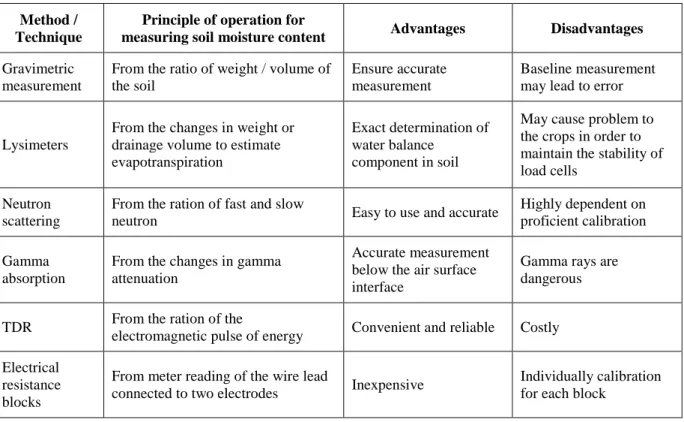
LITERATURE REVIEW
- Soil moisture content in irrigation scheduling
- Soil moisture measurement
- Gravimetric measurement
- Lysimeters
- Neutron Scattering
- Gamma absorption
- Time Domain Reflectometer
- Electrical Resistance Blocks
- Electrical Tomography Sensor
- ECT
- Capacitance and permittivity
- Impedance analyzer based ECT system
- ECT Sensor Design
- Number of Electrodes
- Electrodes size
- Electrodes position
- Earthed screens
- Image Construction
In the direct method, the gravimetric technique measures soil moisture content by weight, which is determined by the mass ratio of water present in the soil to the dry weight of the soil sample. Furthermore, the soil moisture content can be conveyed by the volume, which is derived from the volume ratio between water and the total volume of the soil sample [9]. The water mass is the difference between the weight of the wet soil and the dry soil [10].
The size of these high-speed neutrons is almost identical to that of a hydrogen atom, one of the components of the water molecule. For measuring soil moisture, electrical capacitance tomography (ECT) is one of the techniques that visualizes the permittivity distribution. ECT is used for imaging based on measuring the variations in capacitance resulting from the change in dielectric material distribution.
However, the speed of the system is lower than others due to the low data acquisition rates of the impedance analyzer. There are several electrodes that are arranged around the edge of the pipe at fixed locations. The capacitance for a parallel plate capacitor with a dielectric between the plates is therefore given by where is called the permittivity of the material.
The ECT concept can generally be described as being derived from the capacitance as well as the permittivity of the material within the process tube or vessel. In general, when different sensor electrodes are used to obtain measurements, the terminal connections of the multi-electrode sensor must be changed manually [41]. Designers usually use a large number of electrodes in order to have better ECT image resolution.
The measuring electrodes are usually placed outside the sensor or any insulating frame that acts as a sensor. To get information about distribution of the dielectric material inside a closed pipe in ECT, electrical capacitance is measured between sets of electrodes placed outside the sensor. After that, the electrical capacitance is then converted into an image to present the distribution of the permittivity and the material using an appropriate algorithm [44].
For example, according to Xie et al., (1992), the LBP was developed to reconstruct images using 12-electrode sensor of ECT. In ECT image reconstruction, it is mainly to resolve the permittivity distribution of the material inside the pipe from the measured capacitance obtained.
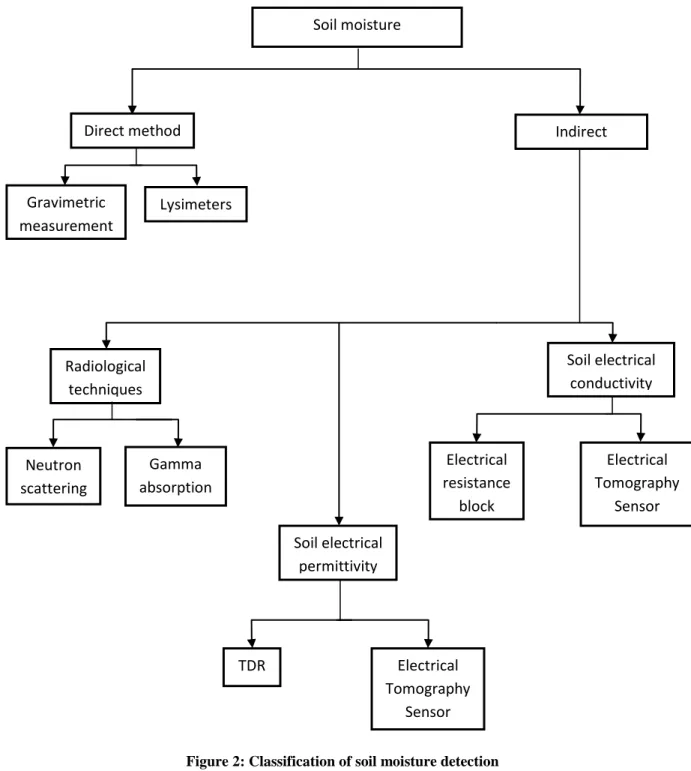
METHODOLOGY
Research Methodology
Project Identification
ECT Sensor Design Criteria
To design the best sensor for the project, the author must calculate the width and length measurements of the electrode. The author must also specify the measurements so that the parts and pieces can be assembled as planned. Initially, the author plans to use type 3 for the ECT sensor because of its advantages as it is simple and also easy to construct.
Experimental Procedures
For low calibration, a dry finger will be placed in the ECT sensor and the data will be analyzed. After that, a high calibration procedure is performed by adding an amount of 400 ml of water to the dry soil inside the ECT sensor. The experiment will start by inserting dry soil into the ECT sensor and the amount of water for 50 ml, 100 ml, 150 ml, … and 400 ml will be added accordingly.
The percentage of soil moisture, calculated from the capacitance value, is then compared to the soil moisture percentage obtained through the oven drying method to see the correlation between these two techniques.
Tools Required
The experiment is initially carried out using the oven drying method, which is used as a reference for the calculation of soil moisture content. The experimental works will be carried out to illustrate soil moisture content by using electrical capacitance sensor. An accurate estimate of available soil moisture at this depth cannot be made by testing only the top few inches of soil.
Continuing this project, the author will do more research on the calculation of soil moisture content based on the data obtained using the impedance analyzer. These must be achieved to demonstrate that the sensor is reliable for the detection of soil moisture. In addition, the experiment will be performed with homogeneity, so that the sensor can detect the soil moisture content at any point with near results.
Deangelis, “Measurement of Soil Moisture Content by Gravimetric Method”, American Society of Agronomy, Madison, Wisconsin, VS, pp. Wendroth, “Soil Moisture Measurement for Ecological and Hydrological Watershed-Scale Observatories: A Review”, Soil Science Society of America Journaal, vol. Murdock, “Meting van het bodemwatergehalte met een 50-MHz diëlektrische bodemsensor”, Soil Science Society of America Journal, vol.
Ruelle, “Field Estimation of Soil Water Content: A Practical Guide to Methods, Instrumentation and Sensor Technology”, International Atomic Energy Agency, Wenen, Oostenrijk, vol. Kodikara, “Regional Field Measurement of Soil Moisture Content with Neutron Probe”, In Proceedings of the Seventeenth Southeast Asian Geotechnical Conference, mei 2010. Clifford, “Neutron Scattering Capacitance, and TDR Soil Water Content Measurements Compared on Four Continents”, 17e Wereldcongres van Bodemkunde, vol.
Naeth, "Field Measurement of Soil Moisture Using Neutron Probes", Canadian Journal of Soil Science, bind 76, pp. Jackson, "The International Soil Moisture Network: A Data Hosting Facility for Global In Situ Soil Moisture Measurements", Hydrology and Earth System Science, vol. Evett, "Some Aspects of Time Domain Reflectometry (TDR), Neutron Scattering, and Capacitance Method of Soil Water Content Measurement", International Atomic Energy Agency, Wien, Østrig, pp.
Xin, "Soil Moisture Sensors", Florida Cooperative Extension Service, Institute of Food and Agricultural Science, University of Florida, Buletin 292, s. Jong, "Detection of Soil Moisture and Vegetation Water Abstraction in a Mediterranean Natural Area Using Electrical Resistivity Tomography" Catena, vol.
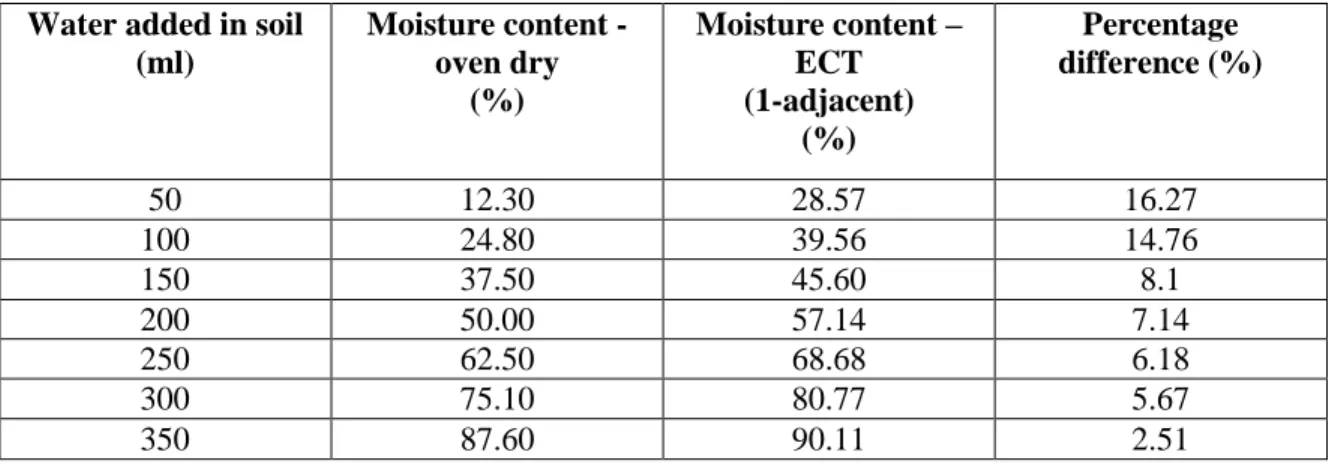
RESULTS AND DISCUSSION
Sensor Design
Calibration
- Low Calibration
- High Calibration
Experiment
The soil is dried in the oven for more than 24 hours before starting the experiment to obtain a totally dried soil.
CONCLUSION AND RECOMMENDATIONS
Conclusion
Recommendations
Cook, "Effects of Irrigation on Global Climate during the 20th Century", Journal of Geophysical Research, vol. Yong, "Effect of Soil Water Deficit on Evapotranspiration, Crop Yield, and Water Use Efficiency in the North China Plain", Agricultural and Water Management Journal, vol. Kung, "Sammenligning af jordgennemtrængende radar og tidsdomænereflektometri som jordvandssensorer", Soil Science Society of America Journal, vol.
Yan, "Dielectric constant measurement of zeolite powders by time-domain reflectometry", Microporous and Mesoporous Materials, vol. Knight, "Sensitivity of Time Domain Reflectometry Measurements to Lateral Variations in Soil Water Content", Water Resources Research, vol. Congress on Modeling and Simulation, Modeling and Simulation Society of Australia and New Zealand, pp.
Performance of drainage lysimeters for water use evaluation of Asian pears", Hort Science Journal, vol. Beling, "Lysimeter Soil Water Balance Evaluation for an Experiment Developed in the Southern Brazilian Atlantic Forest Region", Hydrological Process, Wiley Online Library, vol. Steiner, "Accuracy of Neutron Scattering and Capacitance Type Soil Water Content Meters from Field Calibration", Soil Science Society of America Journal, vol.
Evett, "Utilization and Efforts in Groundwater Management and Conservation Using Nuclear Techniques", In Proc. Yang, "Comparison of Three Electrical Capacitance Tomography Systems", IEEE International Conference on Imaging Systems and Techniques (IST), pp. Brown, "Medical Impedance Tomography and Process Impedance Tomography: A Brief Review", Measurement Science & Technology, vol.
McCann, "Aanpasbare kalibrasie van 'n kapasitansie tomografiestelsel vir die beeld van waterdruppelverspreiding", Flow Measurement and Instrumentation, vol. Al-Masry, "Realization of Linear Back Projection Algorithm for Capacitance Tomography using FGPA", 4th World Congress on Industrial Process Tomography Aizu Japan, 2000. Elektriese Kapasitansie Tomography for Flow Imaging: System Model for Development of Image Reconstruction Algoritms and Design of Primêre Sensors ”, IEE Proceedings- G, vol.
